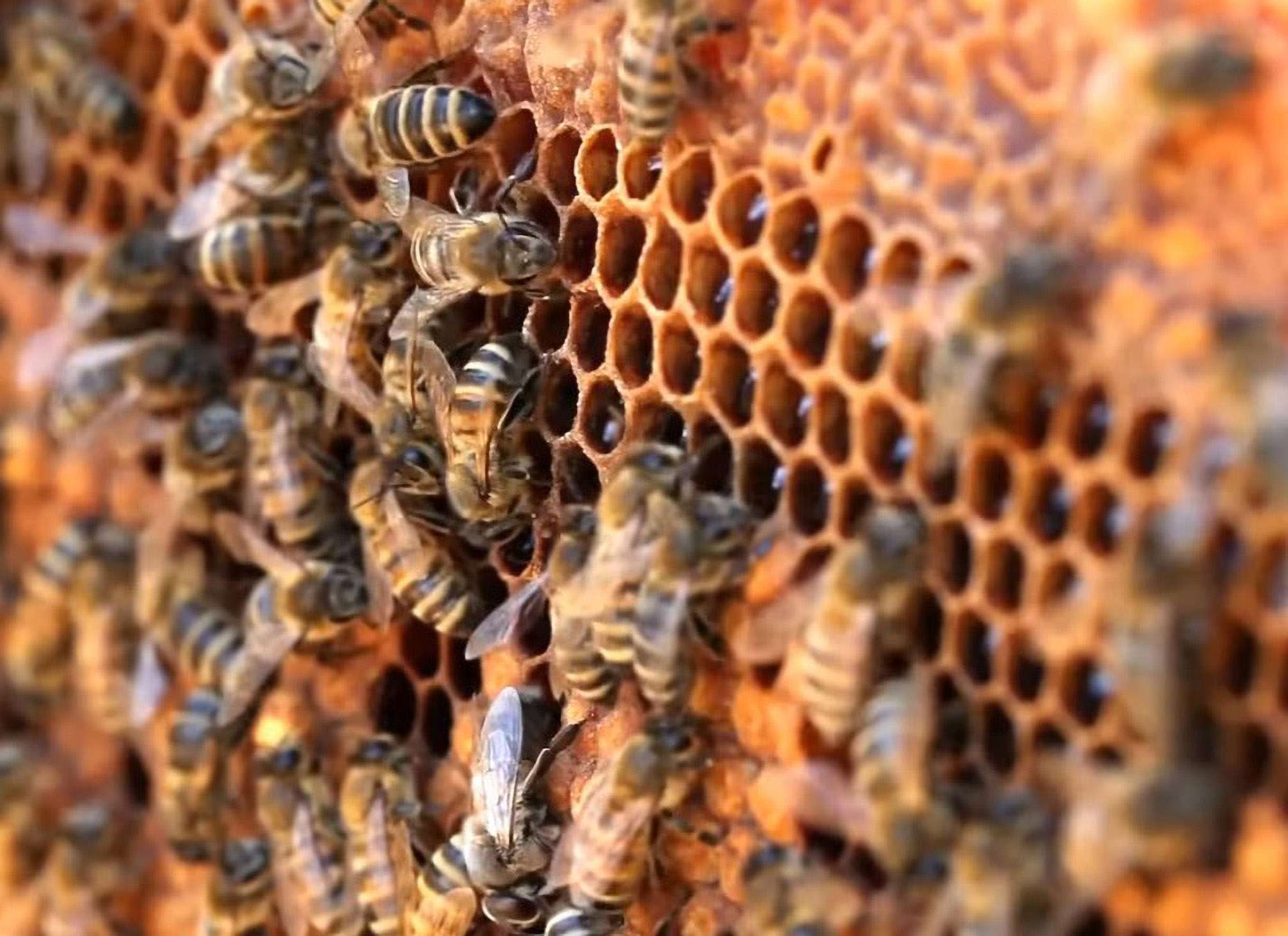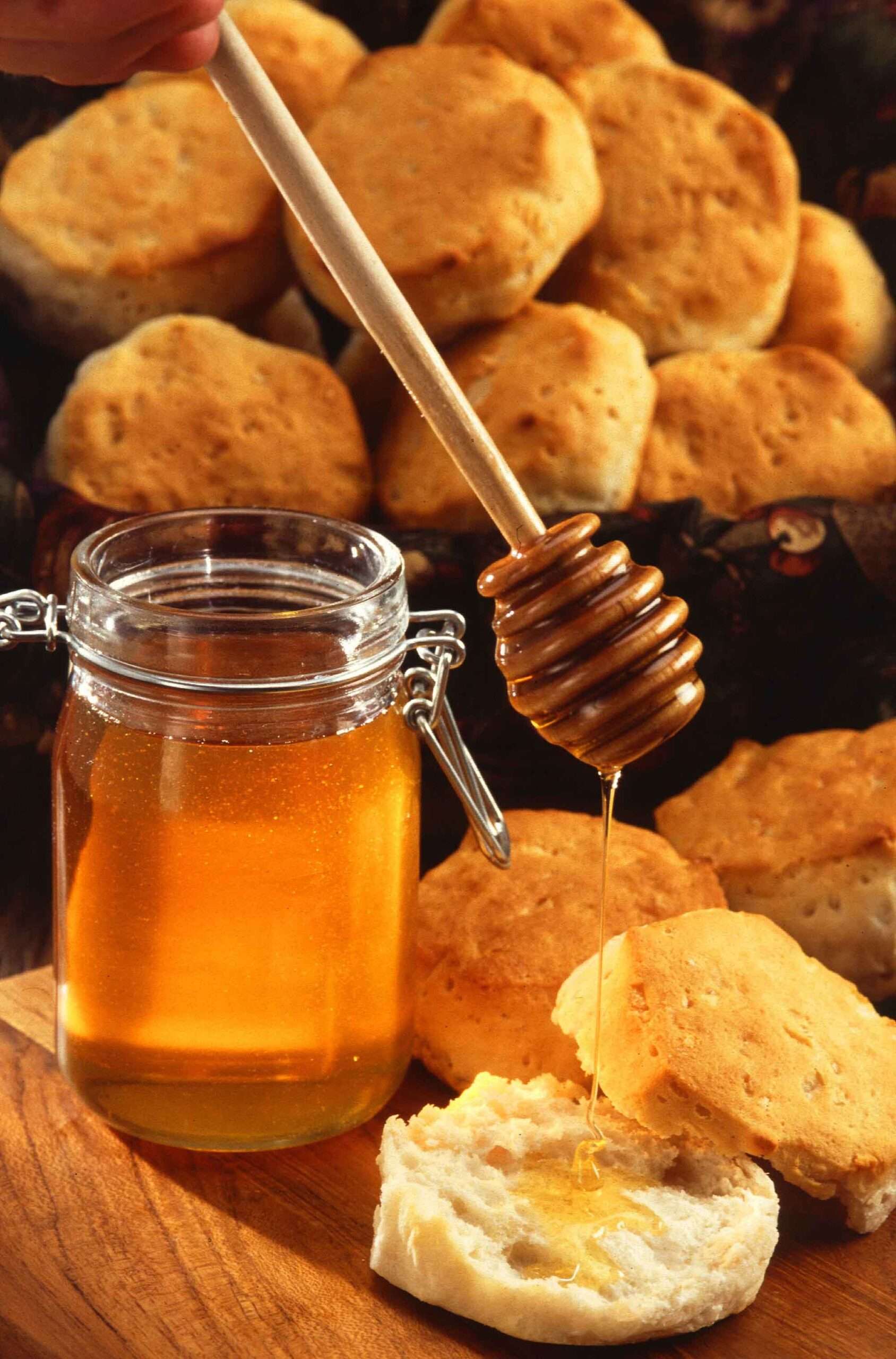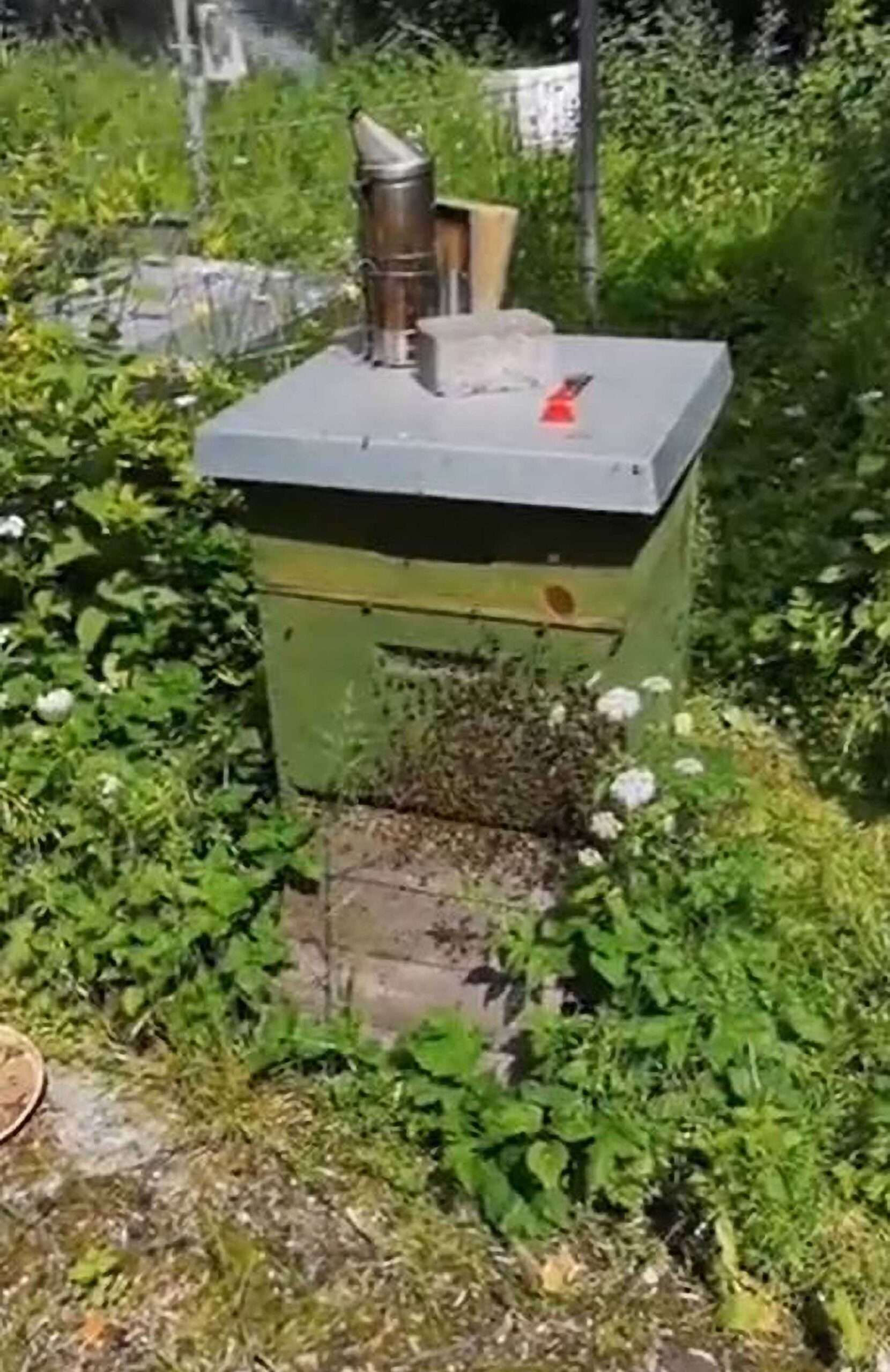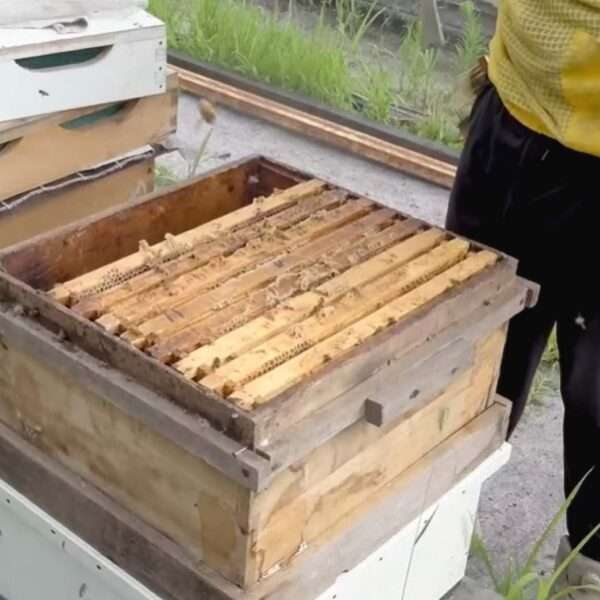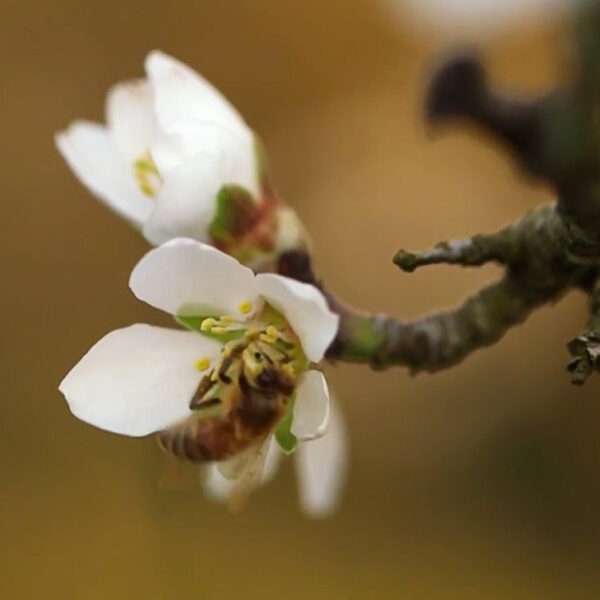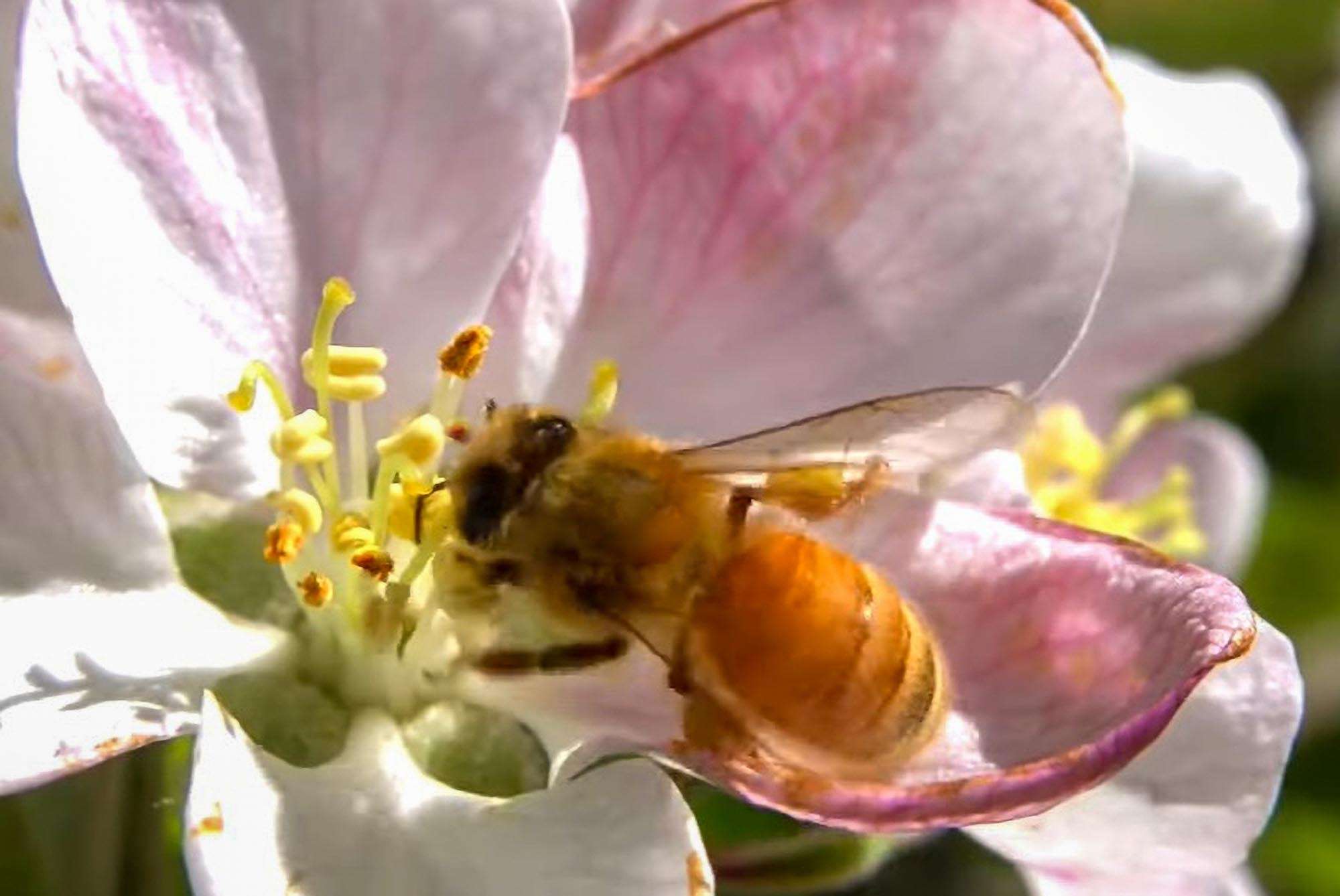California is the best place for beekeeping in the United States, according to an investigation which considers aspects such as salaries and the number of food markets.
Lawn Love – a gardening services provider from San Diego, California – asked experts to evaluate the situation in all of the country’s 50 states.
Their study – which omits 11 states due to a lack of data – ranks New York in second, followed by output champion North Dakota, Texas and Ohio where the most farmer markets can be found.
The authors explained: “California offers the highest number of apiculture classes and establishments. California also boasts healthy bees with the lowest average annual colony loss in our ranking.”

Lawn Love reports that most honey-producing colonies can be found in North Carolina, California and Florida while most apiculture associations are situated in North Carolina, Tennessee and Kentucky.
The average annual income of beekeepers has been found to be the highest in New York, Illinois and Colorado.
North Dakota apiarists, however, produce the most honey. In 2022, they provided around 31,200 pounds (14,200 kilogrammes) of the product which is said to be beneficial to humans.
Utah, Arizona and Wyoming came last in the Lawn Love survey. Its authors said: “These three states fall behind with low scores across the board.”
On its website, Lawn Love warns that pollinators are at risk due to “a swarm of issues, ranging from colony collapse disorder to parasitic bee mites to impaired navigation and communication due to pesticide consumption.”
The company underlines: “Honeybees are important, even if you don’t particularly like the taste of honey. Without pollinators, we wouldn’t have access to nearly a third of our nation’s food supply.”
US American producers of honey claim a global market share of four per cent. The domestic per capita consumption of the product ranges between 0.9 and 1.4 kilogrammes (one to three pounds) per year.

